Heat energy at constant rate is given to two substances P and Q. If variation of temperature (7) of substances with time (1) is as shown in figure, then select the correct statement
Specific heat of P is greater than Q
Specific heat of Q is greater than P
Both have same specific heat
Data is insufficient to predict it
To solve the problem, we need to analyze the relationship between the temperature change of the substances P and Q over time and how it relates to their specific heat capacities. Here’s a step-by-step breakdown of the solution:
Step 1: Understand the relationship between heat, mass, specific heat, and temperature change
The formula for heat energy (Q) absorbed or released is given by:
Q=m⋅s⋅ΔT
where:
- Q = heat energy
- m = mass of the substance
- s = specific heat capacity
- ΔT = change in temperature
Step 2: Analyze the graph of temperature vs. time
From the problem, we know that the graph shows the variation of temperature (ΔT) with time (t) for both substances P and Q. The slope of this graph represents the rate of temperature change over time.
Step 3: Relate the slope to specific heat
The slope of the temperature vs. time graph can be expressed as:
slope=ΔTΔt
Since heat energy is being supplied at a constant rate (let's denote this rate as Qt), we can express the relationship as:
Qt=m⋅s⋅ΔT
Given that Qt is constant and the mass m is also constant for both substances, we can rearrange the equation to find specific heat:
s=Qtm⋅ΔT
Step 4: Compare the slopes of the two substances
Since Qt and m are constant for both substances, the specific heat s is inversely proportional to the change in temperature over time:
s∝1ΔT/Δt
This means that a larger slope (i.e., a greater rate of temperature change) indicates a smaller specific heat capacity.
Step 5: Determine which substance has a greater specific heat
From the graph, if the slope for substance P is greater than that for substance Q, it implies:
slope of P>slope of Q
Thus, we can conclude:
sP<sQ
This means that the specific heat capacity of substance Q is greater than that of substance P.
Conclusion
The correct statement is that the specific heat of substance Q is greater than that of substance P.
Final Answer
The correct option is that the specific heat of Q is greater than that of P.
---
The formula for heat energy (Q) absorbed or released is given by:
Q=m⋅s⋅ΔT
where:
- Q = heat energy
- m = mass of the substance
- s = specific heat capacity
- ΔT = change in temperature
From the problem, we know that the graph shows the variation of temperature (ΔT) with time (t) for both substances P and Q. The slope of this graph represents the rate of temperature change over time.
The slope of the temperature vs. time graph can be expressed as:
slope=ΔTΔt
Since heat energy is being supplied at a constant rate (let's denote this rate as Qt), we can express the relationship as:
Qt=m⋅s⋅ΔT
Given that Qt is constant and the mass m is also constant for both substances, we can rearrange the equation to find specific heat:
s=Qtm⋅ΔT
Since Qt and m are constant for both substances, the specific heat s is inversely proportional to the change in temperature over time:
s∝1ΔT/Δt
This means that a larger slope (i.e., a greater rate of temperature change) indicates a smaller specific heat capacity.
From the graph, if the slope for substance P is greater than that for substance Q, it implies:
slope of P>slope of Q
Thus, we can conclude:
sP<sQ
This means that the specific heat capacity of substance Q is greater than that of substance P.
The correct statement is that the specific heat of substance Q is greater than that of substance P.
The correct option is that the specific heat of Q is greater than that of P.
Similar Questions
A source of heat supplies heat at constant rate to a solid cube. The variatiion of the temperature of the cube with heat supplied is shown in figure. The portion DE of the graph represents conversion of

View SolutionHeat is supplied to a ice at a constant rate Temperature variation with time is as shown in figure. Then –
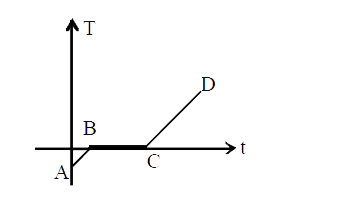
View Solution
Knowledge Check
Two figures are given below. Select the correct statement .
 ABoth figures represent the outline of body form of porifera.BFigure (a) indicates Adamsia and (b) indicates AureliaCFigure (a) represent polyp and (b) represent medusa.DBoth (b) and ( c) are correct.
ABoth figures represent the outline of body form of porifera.BFigure (a) indicates Adamsia and (b) indicates AureliaCFigure (a) represent polyp and (b) represent medusa.DBoth (b) and ( c) are correct.When equal amount of heat is supplied to two different substances A and B, the rise in temperature with time is graphically represented as follows. Choose the correct statement.
 AIf masses of A and B are equal, specific heat of A is equal to specific heat of B.BIf mass of A is greater than mass of B the specific heat capacity of A is greater than the specific heat capacity of B.CHeat capacity of A is less than heat capacity of B.DNone of these
AIf masses of A and B are equal, specific heat of A is equal to specific heat of B.BIf mass of A is greater than mass of B the specific heat capacity of A is greater than the specific heat capacity of B.CHeat capacity of A is less than heat capacity of B.DNone of theseA body is in equilibrium under the action of three coplanar forces P,QandR as shown in figure. Select the correct statement.
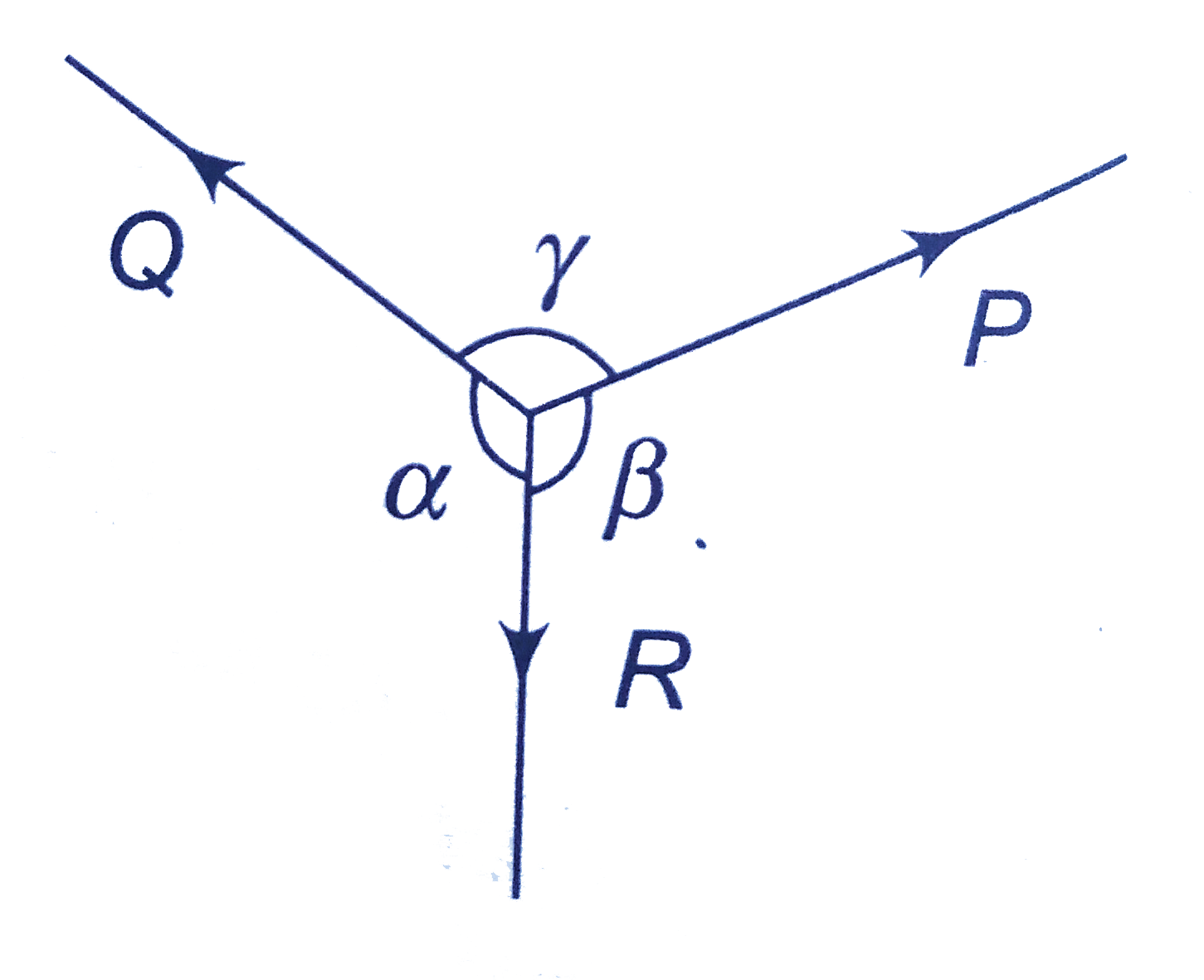 APsinα=Qsinβ=RsinγBPcosα=Qcosβ=RcosγCPtanα=Qtanβ=RtanγDPsinβ=Qsinγ=Rsinα
APsinα=Qsinβ=RsinγBPcosα=Qcosβ=RcosγCPtanα=Qtanβ=RtanγDPsinβ=Qsinγ=Rsinα
Fill in the blanks
If heat energy is given to a substance and its temperature remains constant then the substance undergoes a change in_______.
View SolutionTwo different metal bodies A and B of equal mass are heated at a uniform rate under similar conditions. The variation of temperature of the bodies is graphically represented as shown in the figure. The ratio of specific heat capacities is :
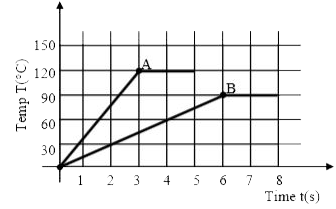
View SolutionTwo stages of insulin (Stage P and Stage Q) are shown in the diagram. Select the correct statement:
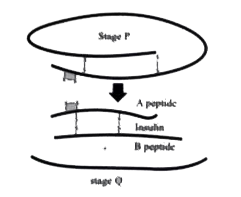
View SolutionThe variation of decay rate of two radioactive samples A and B with time is shown in fig.

Which of the following statements are true?
View SolutionA solid material is supplied heat at a constant rate. The temperature of material is changing with heat input as shown in the figure. What does the slope of DE represent ?
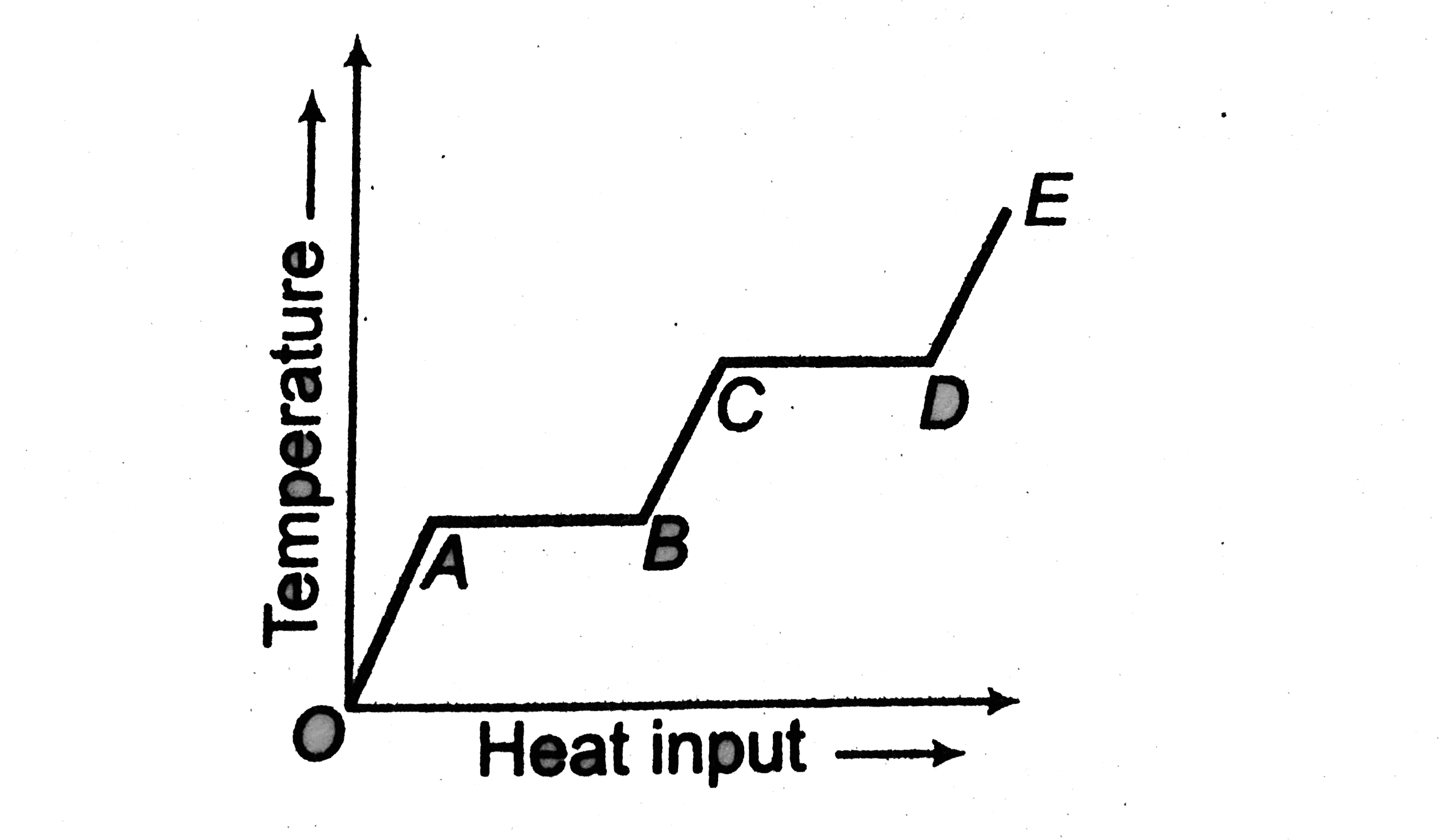
View Solution
